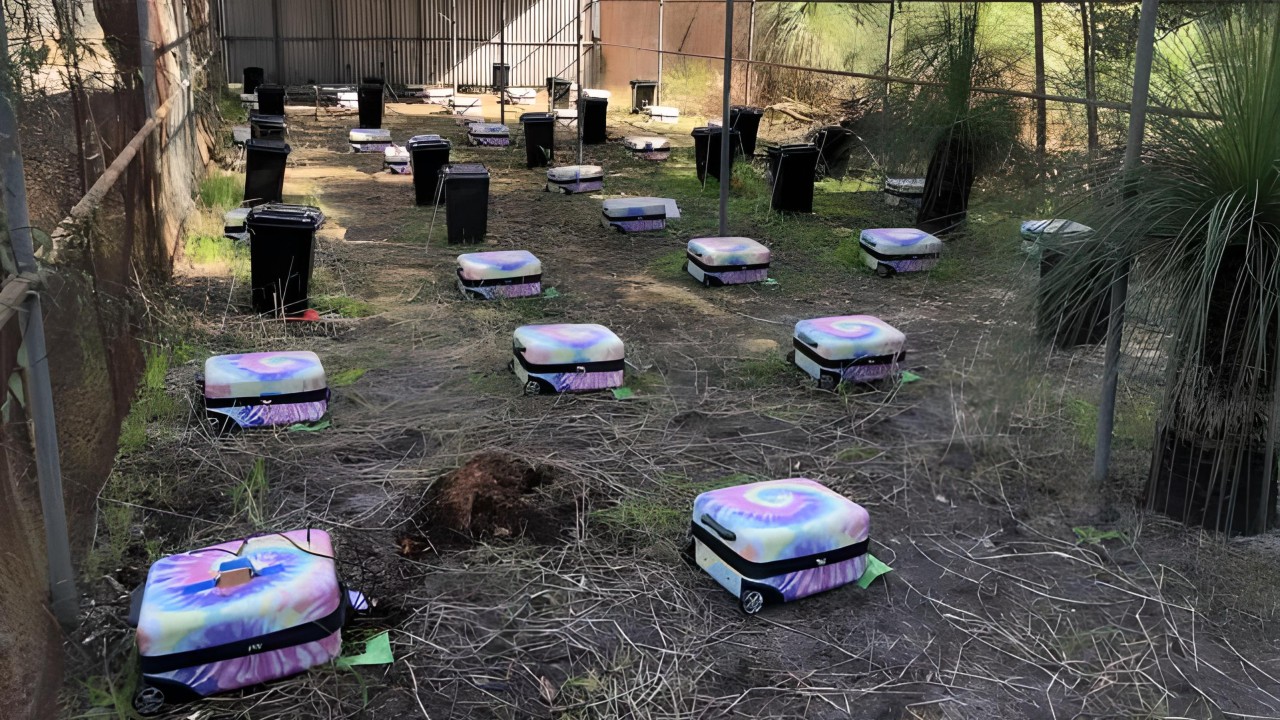We’re all familiar with the fact that bodies are put in suitcases from true crime or detective TV shows, documentaries or news stories. From this point of view, forensic scientists created a simulation environment for corpses put in suitcases and conducted an experiment that would take forensic medicine one step further.
Criminals, including our country; put the bodies in a suitcase and put them in the sea, river, garbage can or examples of dumping in a deserted forest a fairly common case of forensic cases.
We can more or less speculate as to why suitcases are preferred, but based on suitcases Who would have thought to get data that would help forensics? Of course, forensic scientists.
So why are suitcases used so often in murder cases?
As we can guess with a little reasoning, suitcases; big enough for a body to fit and generally they are vehicles that can be easily transported thanks to their wheels and that can trap the odor for a while.
Forensic scientists also turn this issue into a research object. an experiment with suitcases wanted to do. Thanks to the experiment, they would be able to obtain data more easily on the corpses in the suitcases.
Forensic entomologists play a big role in this.
Forensic entomologists examine the victim’s time of death, manner of death, place of death, and location of death by examining insects and other arthropods when forensic medicine fails or can be helpful. cause of death they try to guess. They can also use insects to detect the presence of foreign DNA.
Some scavengers have highly specialized olfactory systems that they use to detect the odor of decomposition. produced by the decay process of a cadaver. tempted by scents Carrion beetles envelop the cadaver in a short time. Within a few hours, it lays eggs in the holes and wounds of the body, and the tiny larvae that emerge from these begin to consume the body.
An interesting experiment was carried out with the cooperation of suitcase simulation and insects.

Researchers; Concealed in a bush in Western Australia, he conducted an experiment with around 70 sample suitcases and corpses. This study, which is the first in forensic medicine, to investigate similar cases It is intended to provide useful data.
Each suitcase contained a stillborn piglet simulating a dead body. Alana; Devices recording temperature, humidity and precipitation were installed. Despite the cold and rainy West winter, within a month of packing, on and around suitcase zippers egg clusters of flies observed.
Thanks to the suitcase simulation experiment, more detailed information about the time and manner of death will be obtained.

When the suitcases were opened at regular intervals, fly larvae, coffin flies and some insects were seen inside. This too offspring of great flies and insects, meant that the zipper could reach the body through its teeth.
Once the larvae inside the suitcases become adult flies, none of them can escape from the bag. These trapped insects are known to forensic entomologists as various species. habits and growth rates It represents a rich source of information as it knows how to find toxicology data preserved in its exoskeletons.
Thus, an expert; time or season of death possible to replace and may assist in the interpretation of causes and conditions of death.
RELATED NEWS
A New Era Might Be Beginning in Forensic Medicine: It Turned Out That Gender Can Be Determined By 96% From Palm Smell!
RELATED NEWS
Unsolved Odd True Crime Cases: Some May Still Have Perpetrators Among Us [18+]
RELATED NEWS
